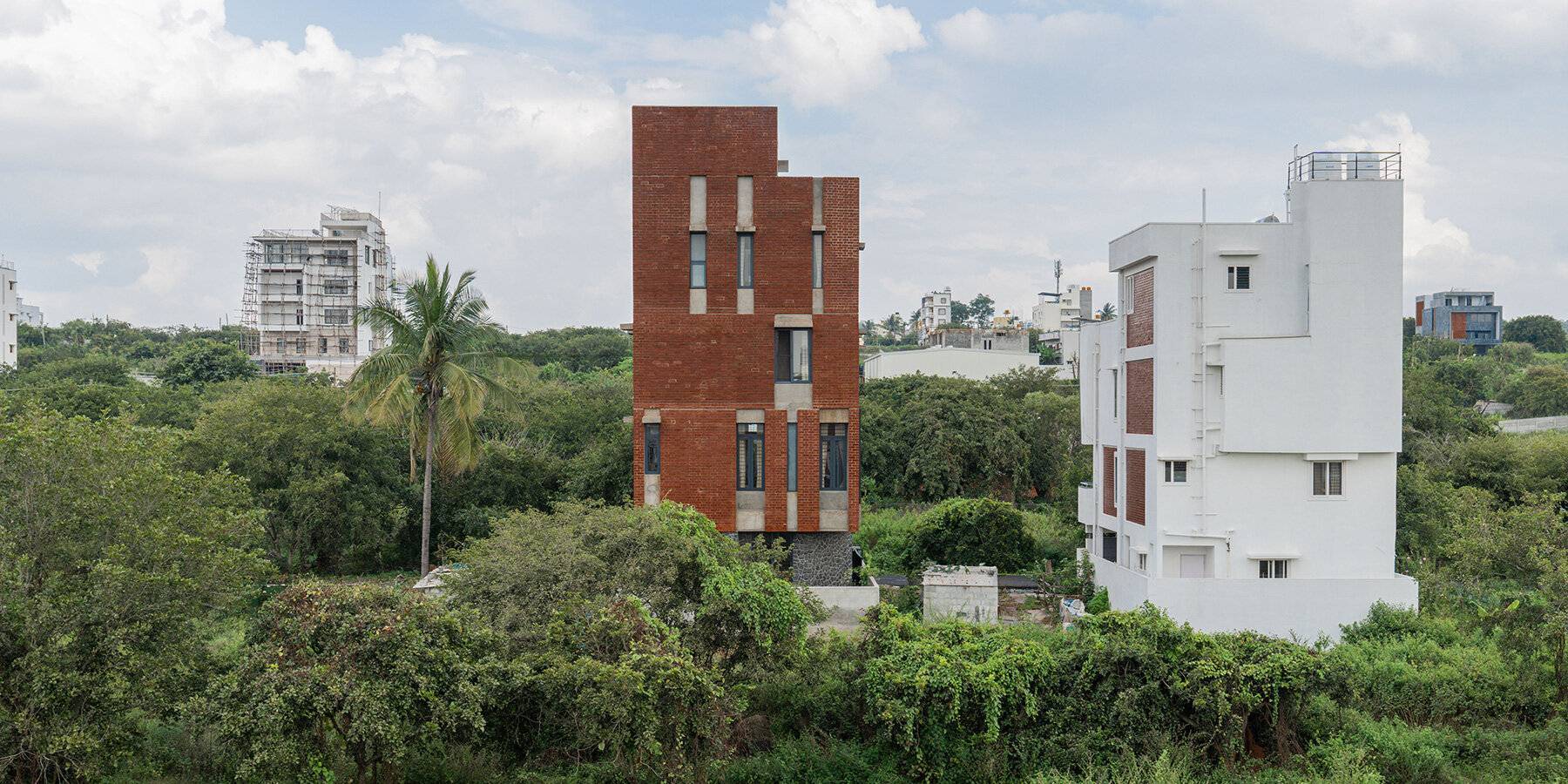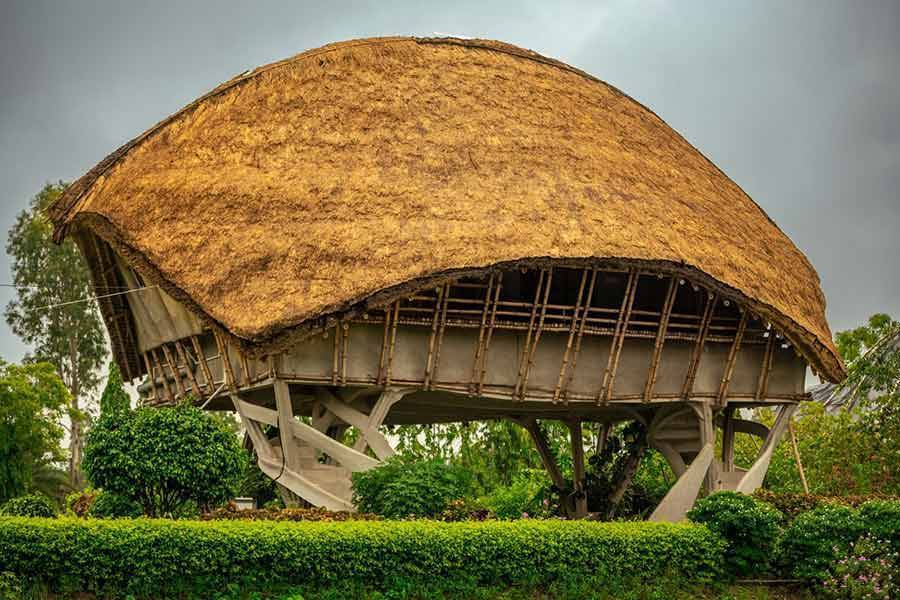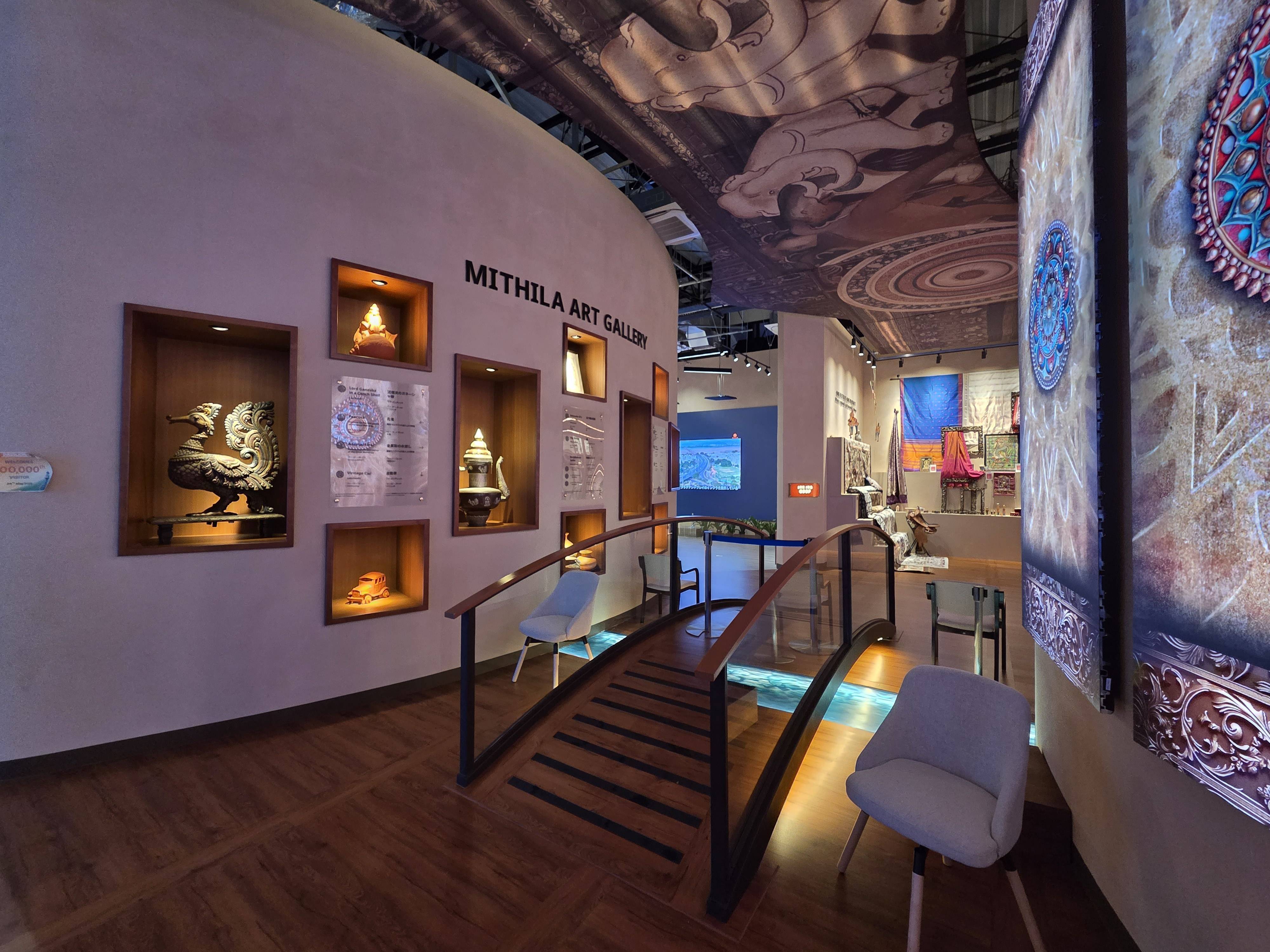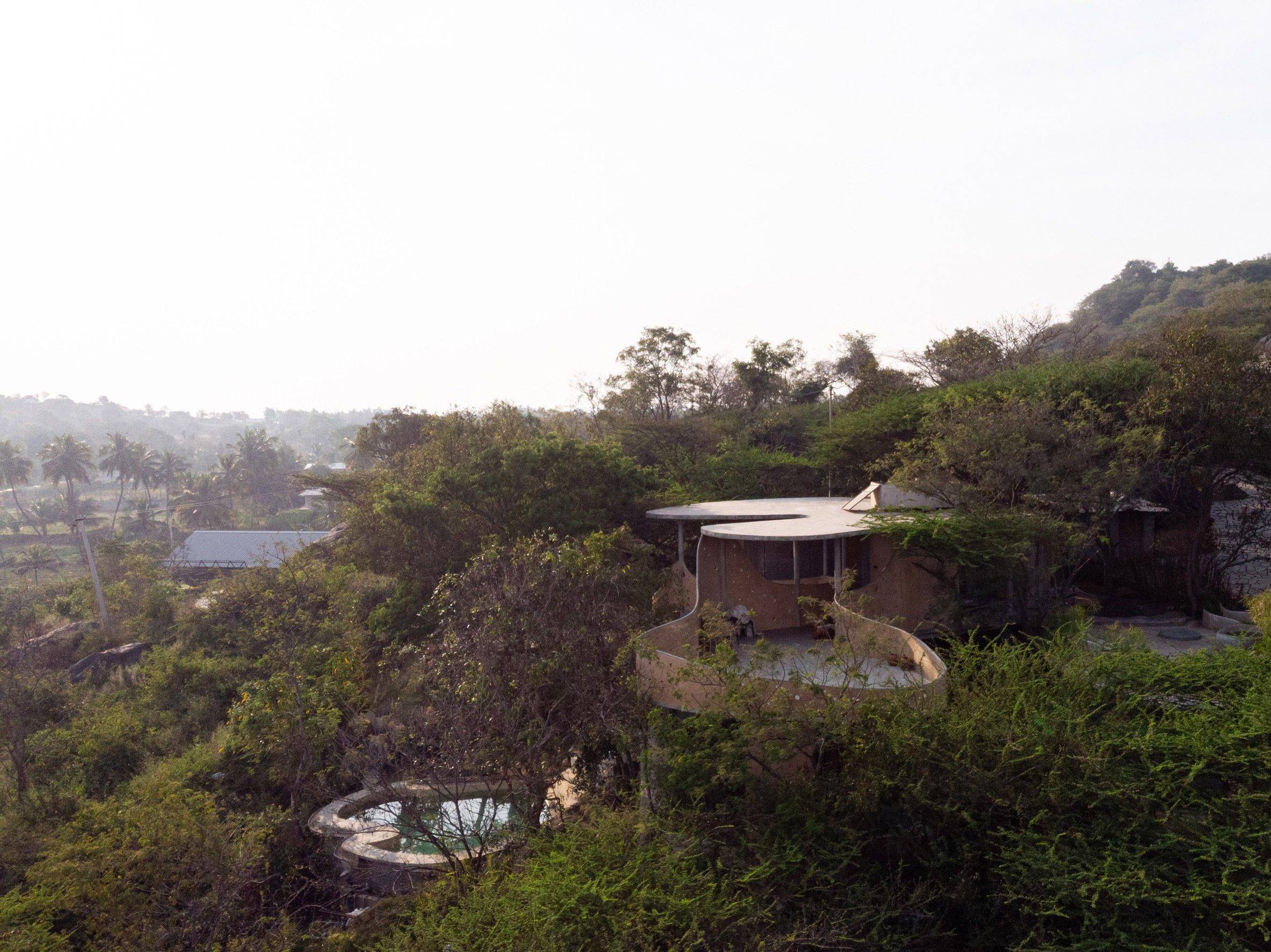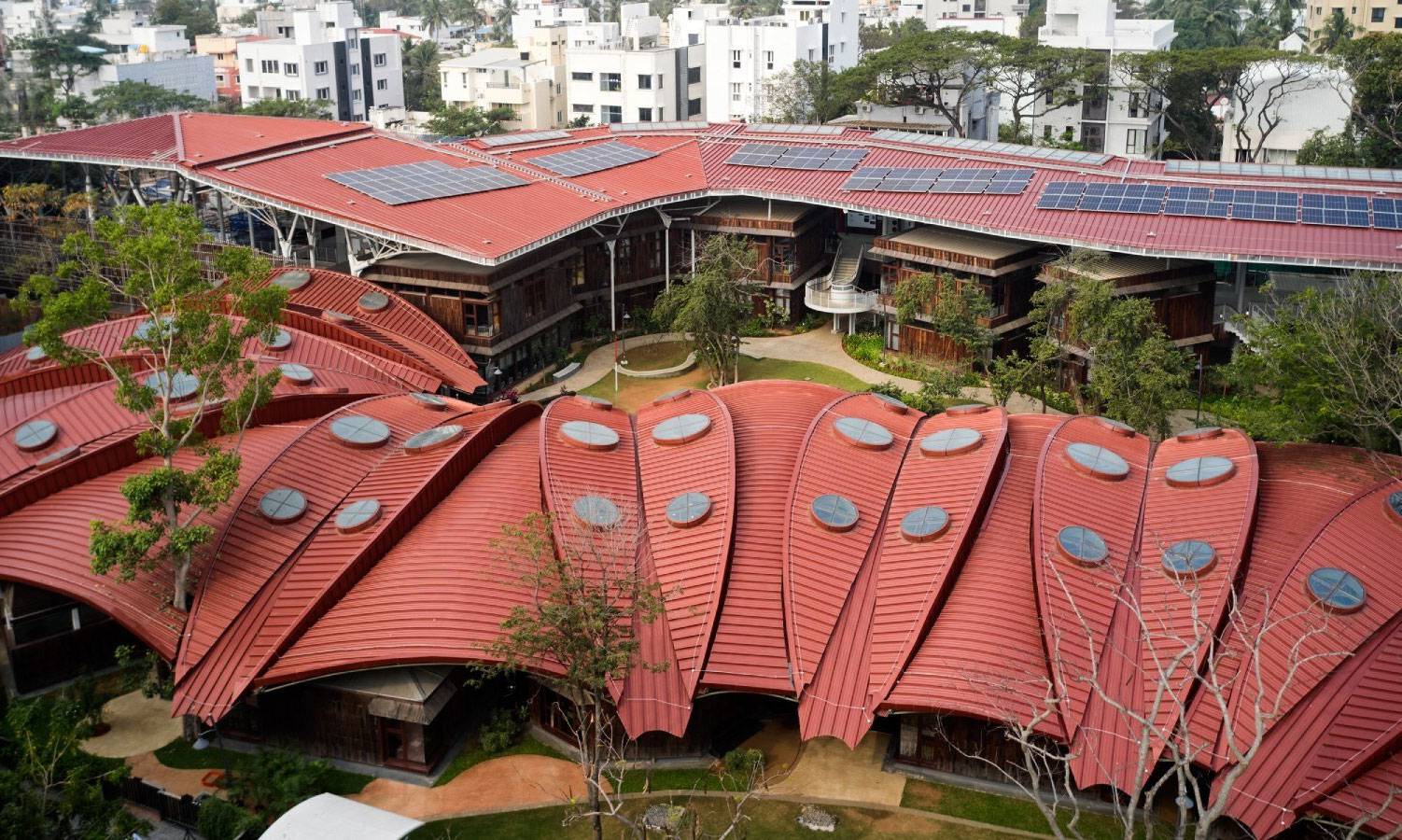Lukshmi Vilas Palace, situated in Vadodara, Gujarat, is recognized as the world’s largest private residence, spanning approximately 30.5 million square feet. Commissioned in 1878 by Maharaja Sayajirao Gaekwad III, the palace is a significant example of Indo-Saracenic architecture. This architectural style, which developed during the British colonial period, integrates Islamic, Hindu, and European design elements. The palace embodies the Gaekwad dynasty’s vision of Baroda (now Vadodara) as a cultural crossroads embracing multiple influences.
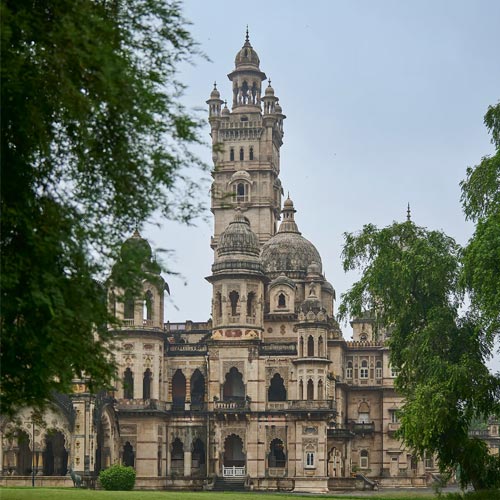
Architectural Design and Historical Context
The initial design of the palace was undertaken by Major Charles Mant, with completion by Robert Fellowes Chisholm in 1890. Lukshmi Vilas Palace features a variety of architectural elements derived from different traditions. It incorporates Islamic domes, Hindu temple motifs, and European details such as Venetian mosaic floors and Belgian stained-glass windows. A notable characteristic is the palace’s clock tower, which illuminates red to indicate the royal family’s presence.
The palace is built on an extensive estate that includes historic baolis, or step wells, dating back to the Mughal era. These water structures demonstrate the integration of utilitarian architecture with the palace grounds, reflecting the region’s traditional water management systems. The use of baolis within the estate adds a historical layer to the site’s architectural complexity.
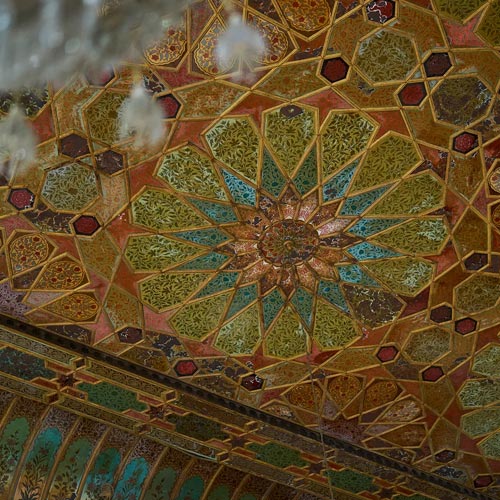
The architectural style represents a revivalist approach favored by British architects in India during the late 19th century, known as Indo-Saracenic. This style blends elements such as Islamic arches and domes with Hindu sculptural motifs and European ornamental details. The palace’s façades feature intricate stone carvings inspired by Indian flora, combined with symmetrical layouts common in European palaces.
The interior design continues this eclectic approach. The Durbar Hall, used for official ceremonies, has Venetian mosaic flooring, Belgian stained glass windows with Hindu mythological motifs, and a lacquered ceiling painted in a Mughal style. Silver-plated crystal chandeliers imported from England hang in the hall, enhancing the formal atmosphere.
The palace also incorporates modern amenities of the period, such as manually operated elevators and ceiling fans called punkahs. These technological elements were integrated while maintaining the palace’s artistic coherence. Local textile artisans contributed to decorating the punkahs with finely woven fabrics.
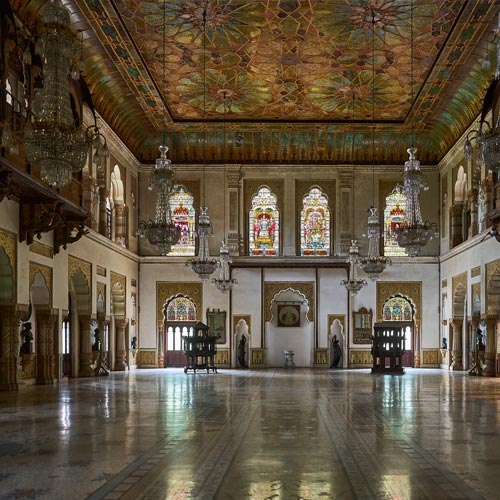
Structural Features and Materials
Lukshmi Vilas Palace is constructed using a mix of materials sourced both locally and internationally. The use of sandstone and marble for structural and decorative elements reflects regional building practices, while imported materials such as Murano gold mosaics add to the palace’s ornamental richness.
The palace’s clock tower is a landmark element, combining functional and symbolic roles. Its red illumination when the royal family is in residence serves as a visible signal to the city, tying the architectural presence of the palace to civic awareness.
The extensive use of stained glass windows throughout the palace introduces colored light into interior spaces, a feature uncommon in Indian architecture before this period. These windows feature designs inspired by Hindu mythology, linking European stained glass traditions to local cultural themes.
The palace’s layout follows principles of symmetry and axiality common in European palaces, but also incorporates courtyards and open spaces typical of Indian palatial architecture. The Queen’s courtyard, with its French tiled floors and locally crafted marble fountains, provides a garden space that blends European formal garden design with Indian landscaping traditions.
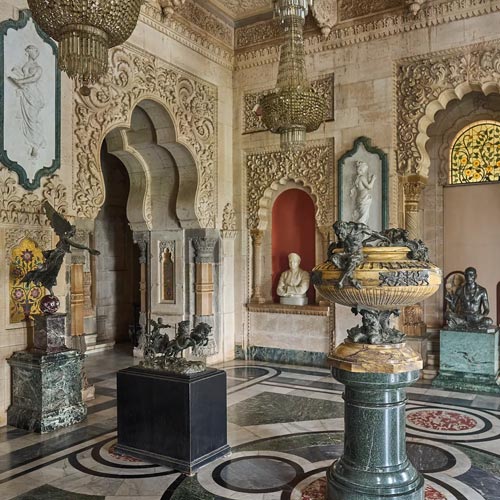
Craftsmanship and Materials
The construction of Lukshmi Vilas Palace involved collaboration between local artisans and European craftsmen. Materials were sourced internationally: mosaic flooring from Venice, stained glass from Belgium, and gold mosaics from Murano, Italy. Stone carvings and gilded panels, inspired by Indian flora, were created by both Indian and European sculptors. The palace’s elevators and manually operated punkahs (large ceiling fans) were crafted with contributions from local weavers, reflecting a blend of traditional and modern technologies.
The Gaekwad family also supported local industries. Their patronage of the textile sector and efforts to modernize Vadodara’s infrastructure illustrate a commitment to social development alongside architectural grandeur.
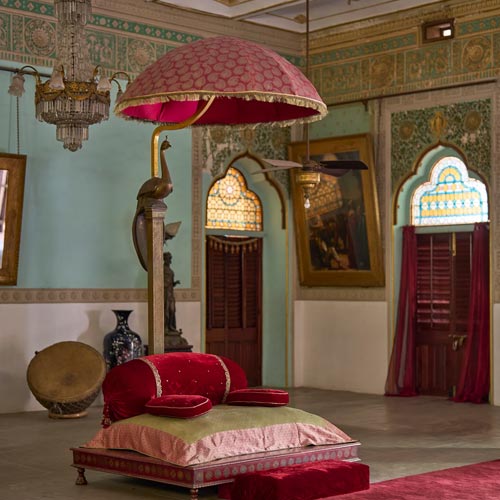
Restoration Challenges and Efforts
Since 2002, Maharani Radhikaraje Gaekwad, spouse of Maharaja Samarjitsinh Gaekwad, has taken a leading role in the palace’s restoration. Following her accession as maharani in 2012, she intensified preservation efforts. The palace’s vast scale renders restoration complex and continuous, requiring substantial financial investment and the expertise of craftsmen skilled in traditional methods.
One significant challenge has been the limited availability of skilled artisans capable of authentic restoration. Identifying such experts both within India and internationally has been difficult. The restoration work is primarily self-funded by the royal family, posing financial challenges given the extensive maintenance required.
Maharani Radhikaraje’s academic background in medieval Indian history and her prior experience in journalism inform a preservation approach that emphasizes authenticity and careful adaptation of restoration techniques to contemporary requirements.
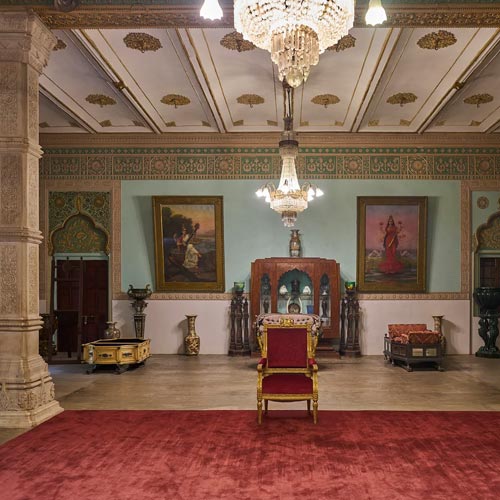
Promotion of India’s Craft Heritage
In addition to restoring the physical structure, Maharani Radhikaraje actively promotes the revival of India’s craft traditions. She holds leadership positions in organizations such as the Craft Design Society Art Foundation and the Shri Maharani Chimnabai Stree Udyogalaya, which support textile artisans and provide vocational training to women. These initiatives link heritage conservation with social empowerment.
Following Indian independence, appreciation for traditional crafts experienced a decline. Recently, renewed interest has emerged, aided by social media platforms that enable artisans to reach broader audiences directly. This development has facilitated the preservation and promotion of authentic artisanal techniques without dependence on intermediaries.
Public Engagement and Cultural Activities
Lukshmi Vilas Palace now serves dual functions as a private residence and cultural venue. The royal family organizes annual festivals and public events, including dance festivals, vintage car exhibitions, and musical performances. The Maharaja Ranjitsinh Gaekwad Festival of Arts, named in honor of the maharani’s father-in-law, is held at the palace, with the Durbar Hall providing an elegant setting for concerts.
The palace grounds and interior spaces are accessible to students and visitors, offering opportunities to explore Vadodara’s history and artisanal heritage. This public engagement aligns with the Gaekwad family’s historical role as patrons of the arts and education.
Role of the Contemporary Royal Family
Following the death of Maharani Radhikaraje’s father-in-law in 2012, public expectations regarding her role increased, focusing on the continuation of Vadodara’s cultural legacy alongside her husband. While the royal family no longer wields political power, it retains symbolic and cultural leadership within the city.
The balance between maintaining the palace as a family home and a public cultural institution remains a priority. The maharani regards the palace as a guiding legacy, a living heritage site belonging to both the family and the people of Vadodara.
Lukshmi Vilas Palace stands as a prominent example of India’s architectural, artistic, and social history. Its scale and design reflect the ambitions of the Gaekwad dynasty to integrate diverse cultural influences and promote urban development in Vadodara. Under Maharani Radhikaraje Gaekwad’s stewardship, the palace is undergoing careful restoration addressing both structural preservation and the revival of traditional crafts.
Increasingly accessible to the public, the palace functions as a venue for cultural exchange, education, and celebration of India’s heritage. It remains a symbol of the relationship between history, modernity, and identity in India’s princely past and present. The royal family’s ongoing efforts aim to ensure that Lukshmi Vilas Palace continues to contribute meaningfully to India’s cultural landscape.




